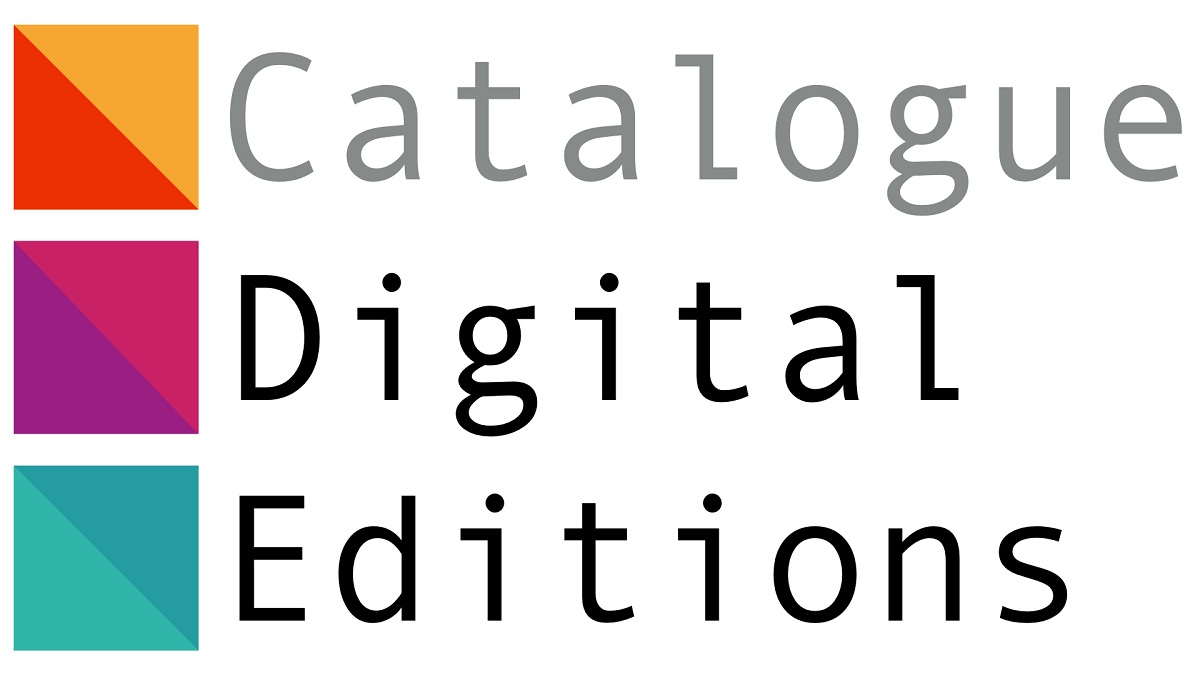SESPOA. Sceaux et empreintes de sceau du Proche-Orient ancien
Histoire de la recherche
L’étude des sceaux-cylindres orientaux, malgré l'intérêt que les chercheurs ont commencé à leur porter dès le XIXe siècle, a longtemps pâti d’un éclatement des études entre les archéologues, les historiens de l’art et les assyriologues. Aujourd’hui, les nouvelles technologies et l’avènement de l’ère numérique permettent d’envisager des changements assez radicaux dans la façon dont les sceaux sont identifiés, présentés, étudiés et mis en valeur.Les sceaux et le programme international CDLI
Le projet SESPOA est adossé au CDLI, conservatoire numérique de la documentation en écriture cunéiforme. Pour le CDLI, chaque empreinte de sceau présente sur un objet ancien (tablette, bulla, etc.) est enregistrée sous son identifiant unique (P number) et rattachée à une reconstruction composite des diverses empreintes connues (S number). Le cas échéant, le sceau du cylindre lui-même en tant qu’objet “physique” est identifié par un “P number” et un “S number”.Les sceaux-cylindres orientaux conservés à travers le monde
Dès le début du XVIIIe siècle, un intérêt certain pour les sceaux-cylindres orientaux a commencé à se manifester, qui s’est amplifié à partir du milieu du XIXe siècle avec l’essor de l’archéologie orientale. En dehors de ce qui est conservé en Iraq, notamment au musée de Bagdad, les principales collections de sceaux-cylindres se trouvent aujourd’hui dans les grands musées d’Europe et des États-Unis. On estime actuellement leur nombre à environ 50.000.Histoire de la collection de la Bibliothèque nationale de France
À Paris, la collection des sceaux-cylindres orientaux conservée au Département des Monnaies, médailles et antiques de la BnF (ancien Cabinet des Médailles) s’est progressivement constituée depuis 1752 par des donations et des legs, mais aussi par des achats effectués jusqu’au début du XXe siècle. En près de 200 ans, pas moins de 55 opérations d’acquisition de sceaux ont ainsi été menées pour constituer une collection qui compte aujourd’hui près de mille objets.Histoire de la collection de l'Ashmolean Museum d'Oxford
(Page en construction)




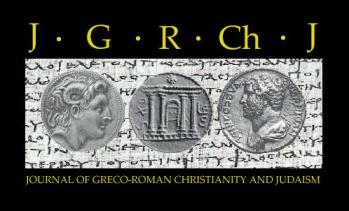



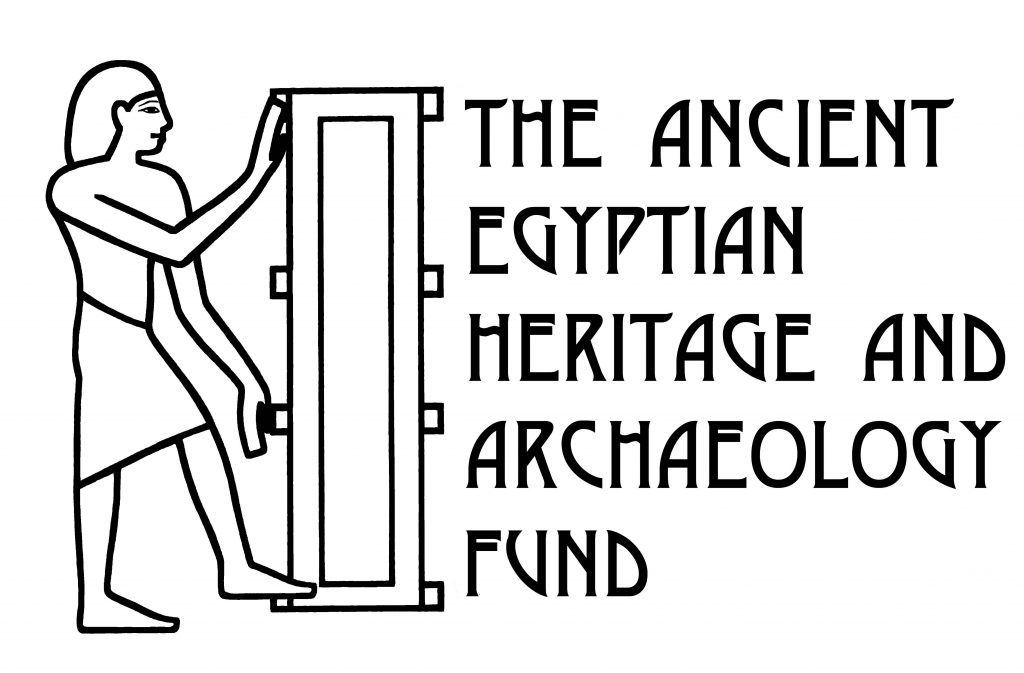
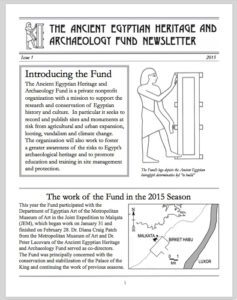 NEWSLETTER #1
NEWSLETTER #1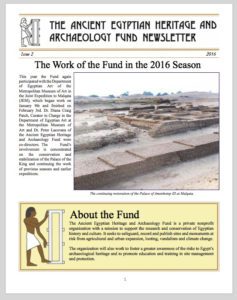 NEWSLETTER #2
NEWSLETTER #2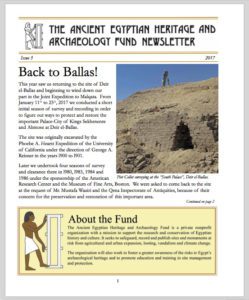
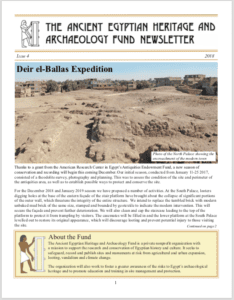
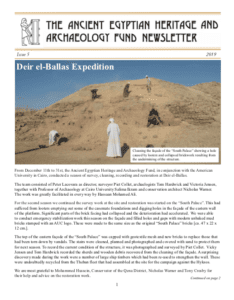

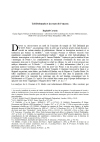


 Consulter cet article
Consulter cet article  Télécharger cet article au format pdf
Télécharger cet article au format pdf 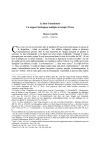
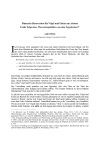
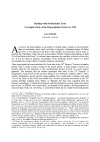
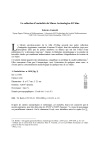

 Commander une version papier
Commander une version papier